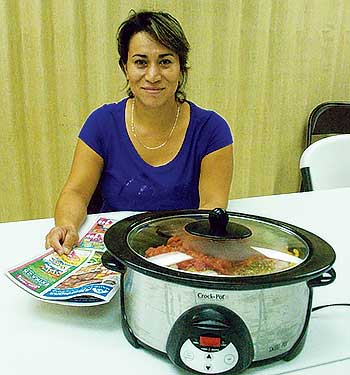The original corps building [Photos courtesy of the Museum of the West]
In 1885—before the existence of the Western or the Southern Territory—The Salvation Army began working in the “west Texas town of El Paso.” This was just six years after Lt. Eliza Shirley held the first Salvation Army meeting in the United States—in Philadelphia in 1879—and five years after General William Booth sent an official Army group from England to New York.
With the Army’s origins in El Paso obscured by time’s passage, it is unclear if the work began by a pioneering officer or a Salvationist convert seeing a need. Its first recorded officer—though doubtless not the first to be appointed—was Ensign Mrs. Lois Peers in June 1899.
By the time El Paso was placed under the jurisdiction of the Western Territory—at its formation in 1921—The Salvation Army there had a Booth Home, an Industrial Home and a prison ministry, and was conducting meetings in both English and Spanish. On Jan. 1, 1922, the Spanish-speaking ministry separated from the English-speaking effort to create the El Paso Temple Corps. However, appointment records indicate that the two corps continued to work closely, occasionally switching officers between them.
Evidenced by its myriad social services programs in the city, the Army in El Paso served both spiritual and physical needs. Attached to the Industrial Home were a Men’s Hotel and an employment bureau, providing a spiritual program, a clean bed and help finding work. The Industrial Home was a forerunner to the current day adult rehabilitation centers, while the Men’s Hotel was a hostel-type facility for men not necessarily involved in any Army programs. The Booth Home was a full maternity hospital and home for unwed mothers for before, during and after pregnancy care.
The El Paso Corps—one of the first corps in the Western Territory—was a part of the Border Division, which eventually became a major part of the current Southwest Division. Through its 125 years of existence the El Paso Corps has stood as an example of true Salvationism on the Western frontier.














